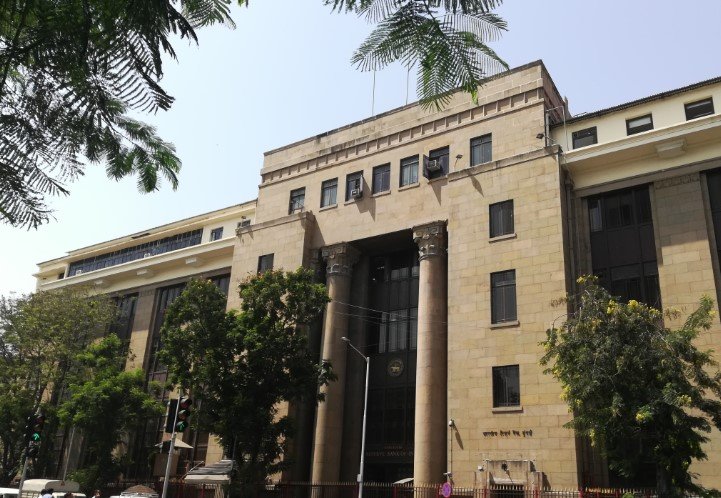The Reserve Bank of India (RBI) has mandated the use of the PRAVAAH portal for all regulatory applications starting from May 1, 2025. This move aims to simplify the application process and enhance efficiency.
PRAVAAH, which stands for Platform for Regulatory Application, Validation, and Authorization, will become the go-to platform for banks, financial companies, and other regulated entities to apply for authorizations, licenses, and approvals from the RBI. The new directive, outlined in an official statement released by the RBI, is expected to provide a more streamlined and transparent method for submitting and tracking applications.
A Step Towards Efficiency and Transparency
This development marks a significant change for India’s financial regulatory landscape. Historically, submitting regulatory applications has involved multiple steps and channels, which sometimes led to delays and confusion. By centralizing these processes on the PRAVAAH portal, the RBI aims to expedite the approval timelines and make the overall process more transparent.
The PRAVAAH platform was officially launched in May 2024, and since then, it has been slowly integrated into various sectors. However, starting May 1, 2025, its use will become mandatory for all regulated entities across India. The portal offers a one-stop solution for accessing necessary forms, detailed instructions, and support resources to help users submit their requests.

Banks and financial institutions will no longer need to rely on paper-based applications or email submissions, which have traditionally been prone to errors or delays. Instead, they can now file applications through PRAVAAH, track their status in real-time, and receive instant notifications regarding the progress of their requests.
What PRAVAAH Brings to the Table
PRAVAAH’s functionality is built around providing a more secure, user-friendly interface to its users. For example, it ensures that the applications submitted are complete and comply with all the necessary regulations, which will reduce the chances of rejections. Moreover, by offering clear instructions for each form, it helps prevent common mistakes that often result in delays.
Key features of the PRAVAAH portal include:
-
One-stop platform: A single space to access all regulatory applications and track their progress.
-
Clear instructions: Detailed steps on how to submit various applications, reducing errors and confusion.
-
Enhanced transparency: Real-time updates on the status of applications, improving trust between financial institutions and regulators.
-
Security and data protection: Ensuring that all sensitive information submitted is encrypted and safely stored.
Preparing for the Transition
Though the PRAVAAH portal has been available for a year, this mandatory transition starting in May 2025 will require organizations to familiarize themselves with the platform. The RBI’s instructions emphasize the need for all regulated entities to begin using the portal for all future regulatory authorizations and approvals.
To support this transition, the RBI has assured users that all relevant documents and guidelines are readily available on the portal itself. This includes instructions for accessing the platform, submitting applications, and troubleshooting common issues.
Will PRAVAAH Affect Processing Times?
With the introduction of a streamlined process, many financial institutions are hoping that the shift to PRAVAAH will significantly speed up the time it takes to get approvals from the RBI. Historically, delays in regulatory applications have been a point of frustration for financial institutions. Now, with real-time tracking and a more efficient submission process, approvals could be processed more quickly.
The RBI is also working on incorporating additional features to make the platform even more effective. As the system is used more widely, it is expected that further updates and improvements will be made based on user feedback and evolving needs.
The Road Ahead for PRAVAAH
As we approach the mandatory deadline of May 1, 2025, many in the financial services industry are cautiously optimistic about the change. With the RBI’s backing and the platform’s robust design, the PRAVAAH portal has the potential to greatly improve regulatory efficiency.
However, the implementation of such a wide-reaching system also comes with challenges. Organizations will need to ensure that their staff are adequately trained in using the portal and that their internal processes align with the new system. The RBI has pledged to support the transition by providing resources and guidance.
As the PRAVAAH portal becomes a vital tool for all regulated entities, the next steps will likely focus on continuously refining the platform to meet the evolving needs of India’s financial sector.








